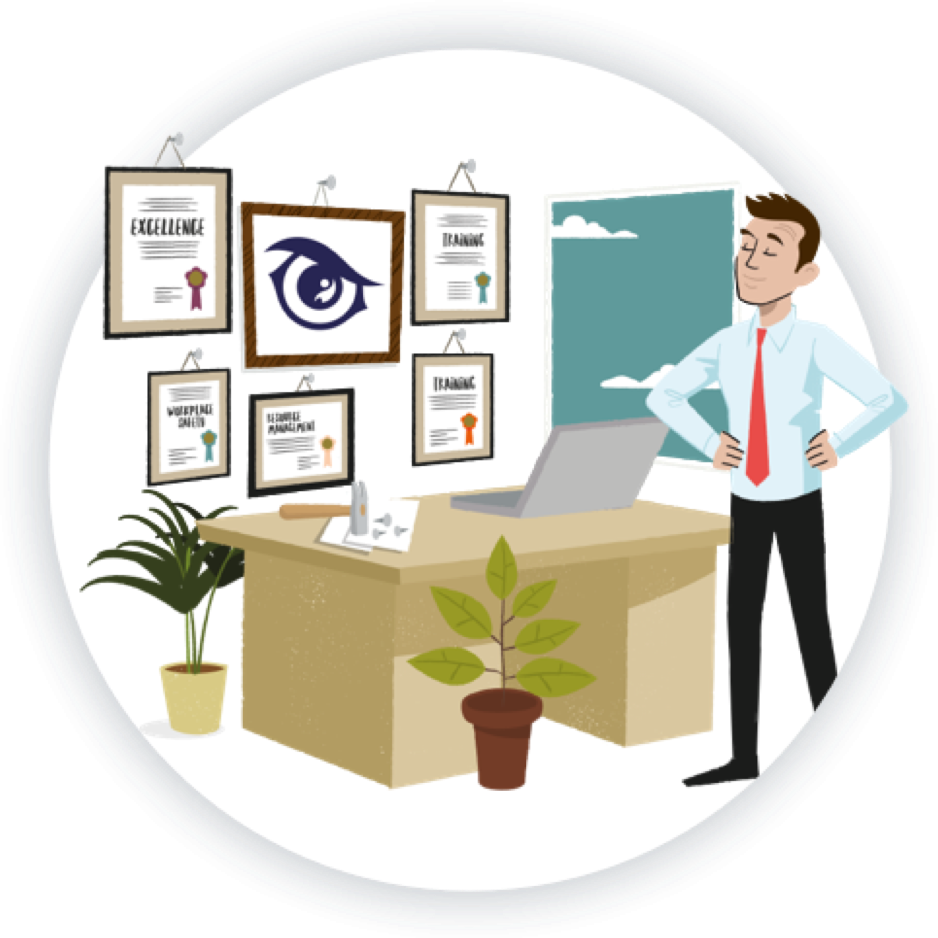Aerospace Engineer
Job Description:Aerospace engineers design, build and maintain planes, spacecraft and satellites.
Job Category:What you will do:
You’ll research, develop, build, and maintain aircraft or their systems.
Your day-to-day duties will depend on your role but may include:
- developing navigation, communications, or weapons systems
- researching ways to make fuel-efficient parts, such as wings, fuselage and engines
- using CAD software for design
- testing prototypes
- collecting and analysing test data
- planning and supervising the fitting of aircraft and components
- signing off projects under strict industry regulations
- scheduling and supervising maintenance
You may also have to estimate project costs and timescales, write technical reports and manuals, and give presentations.
Many aerospace engineers choose to specialise in one type of aircraft, such as helicopters, or a particular area, such as aerodynamics, avionics, or propulsion.
Skills:
You’ll need:
- knowledge of engineering science and technology
- knowledge of computer operating systems, hardware and software including computer-aided design or manufacturing (CAD or CAM)
- knowledge of physics & maths
As well as:
- to be thorough and pay attention to detail
- analytical thinking & problem-solving skills
- project management and budgeting skills
- ability to work in multidisciplinary teams (teamwork)
- technical skills
- design skills (creativity)
Aerospace Engineering is a highly specialized field, and continuous learning and staying updated with advancements in technology are vital to thrive in this dynamic industry.

Entry Requirements:
In the UK, you’ll usually need an HNC (Higher National Certificate), HND (Higher National Diploma), foundation degree, or degree in aerospace engineering, avionics, or a related subject, like:
- electrical or electronic engineering
- mechanical engineering
- manufacturing or product engineering
- physics or applied physics
- software engineering or mathematics
The Association of Aerospace Universities has more information about courses.
You could also start as an aerospace engineering technician apprentice with an airline operator, airline manufacturer or engineering company. You would then continue your training up to degree level.
You’ll usually start on a company’s training scheme, and work towards your engineering licence, known as a Part 66, and issued by the Civil Aviation Authority (CAA). With a license, you can work as a qualified engineer.
School Subjects
To become an Aerospace Engineer in the UK, it’s essential to focus on GCSE subjects that provide a strong foundation in science, technology, engineering, and mathematics (STEM) fields. Here are the recommended GCSE subjects to pursue:
- Mathematics: Mathematics is a core subject for any engineering discipline, including Aerospace Engineering. It is crucial for understanding complex calculations, equations, and problem-solving in various engineering concepts.
- Physics: Physics provides the fundamental principles of mechanics, thermodynamics, and aerodynamics, which are vital in aerospace engineering.
- Chemistry (optional): While not always a strict requirement, having a good understanding of chemistry can be beneficial, especially for materials science and propulsion-related aspects in aerospace engineering.
- Design and Technology: This subject offers insights into engineering design principles, manufacturing techniques, and problem-solving, which are applicable to aerospace engineering projects.
- ICT (Information and Communication Technology) or Computer Science (optional): Familiarity with computer programming and digital tools can be useful in modeling, simulations, and data analysis in aerospace engineering.
While these subjects are recommended, it’s important to note that the specific entry requirements for aerospace engineering degree programs may vary among universities. Therefore, it is advisable to check the entry requirements of the universities or colleges you are interested in to ensure you meet their criteria.
Working Hours and Environment:
You’ll usually work 37 to 40 hours a week in an office or factory. You may travel to inspect or test aircraft at different sites.
Career Path & Progression:
With experience, you could specialise in a particular field like:
- aerodynamics
- fuel efficiency
- space technology
- investigating air accidents
You could also move up to become a project manager or consultant aerospace engineer.